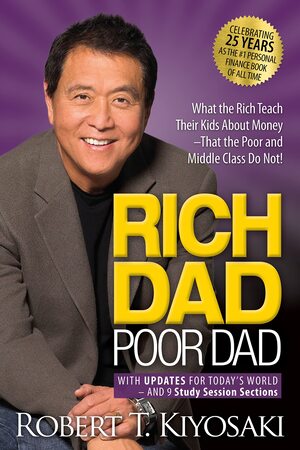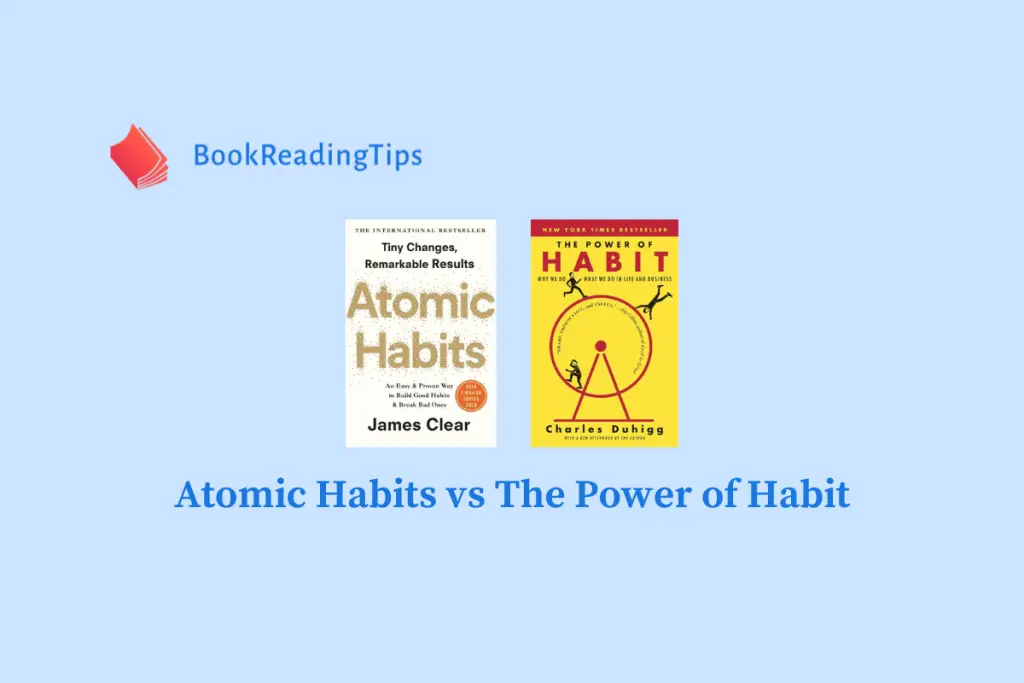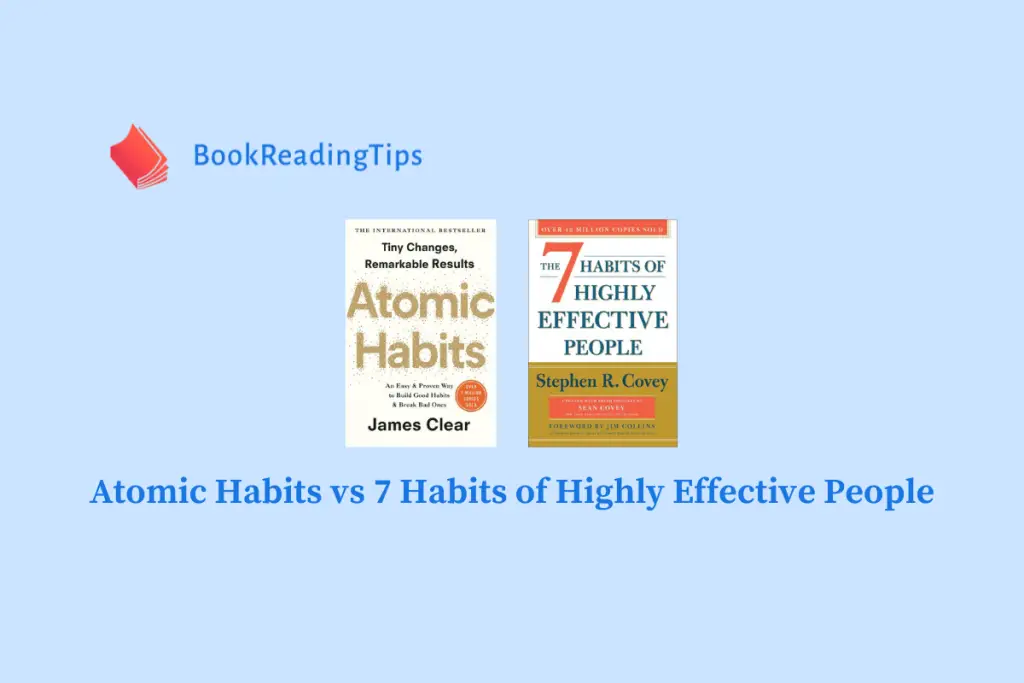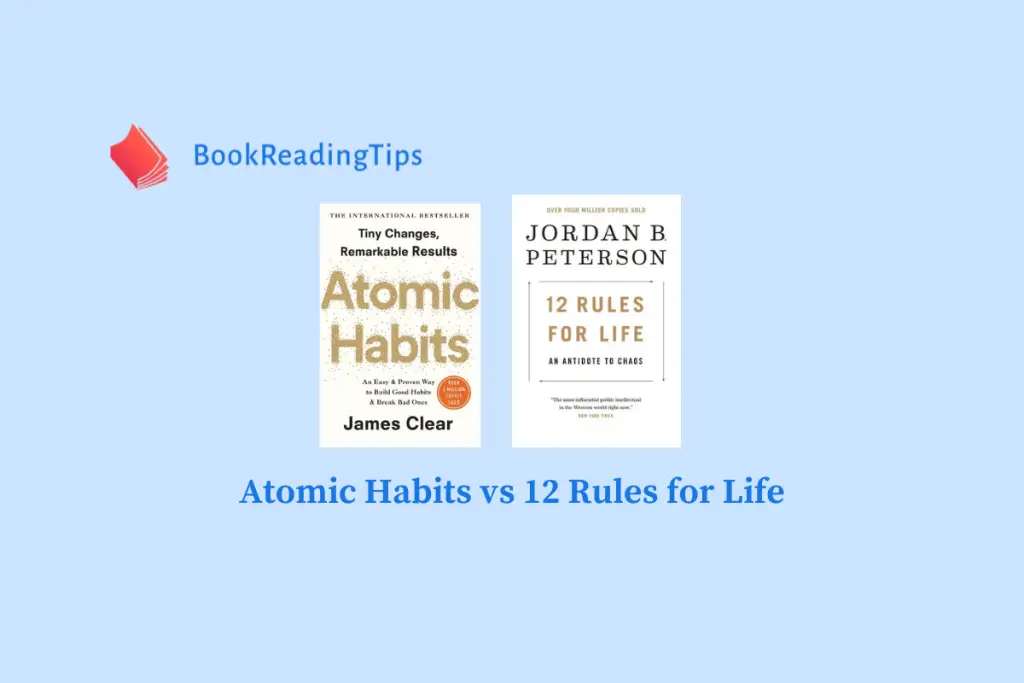In the world of personal development and financial education, two books have made a significant impact on countless lives: Atomic Habits by James Clear and Rich Dad Poor Dad by Robert Kiyosaki. Each book offers unique perspectives and approaches to achieving success, but how do they compare? In this article, you’ll explore the key takeaways and differences between these two influential works.
Atomic Habits focuses on the power of small, consistent actions in shaping your life. James Clear emphasizes the importance of incorporating daily habits that align with your goals, highlighting the compounding effect these habits have over time. As you read, you’ll learn techniques for making good habits stick and breaking away from harmful ones.
On the other hand, Rich Dad Poor Dad zeroes in on financial education and wealth-building. Robert Kiyosaki shares the contrasting mindsets of his two dads – one rich, one poor – and offers invaluable advice on managing money, investing, and achieving financial freedom. Throughout the book, you’ll discover principles that can transform your relationship with money and steer you toward a more prosperous future.
Table of Contents
- Atomic Habits vs Rich Dad Poor Dad: Overview
- Key Concepts of Atomic Habits
- Key Concepts of Rich Dad Poor Dad
- Creating and Sustaining Wealth: A Comparison
- Lessons for Personal Growth
- Critiques & Potential Drawbacks
- Conclusion
Atomic Habits vs Rich Dad Poor Dad: Overview
Atomic Habits by James Clear is a comprehensive guide that teaches you how to effectively change your habits and improve by 1% every day. It employs a framework called the Four Laws of Behavior Change and offers a simple set of rules for creating good habits and breaking bad ones. The book focuses on the importance of building small, consistent habits that compound over time, ultimately leading to significant progress in various aspects of life, such as personal development, productivity, and health.
On the other hand, Rich Dad Poor Dad by Robert Kiyosaki presents a unique perspective on financial education and wealth creation. The book emphasizes the importance of creating passive income streams, investing in assets, and cultivating a rich mindset to achieve financial success. It offers practical advice and real-life examples from the author’s perspective on how he was guided by his rich dad (a friend’s father) and his own poor dad (his biological father) to understand the principles of achieving wealth.
Key differences between these books include:
- Focus: Atomic Habits is centered on personal development through habit change, while Rich Dad Poor Dad emphasizes financial education and wealth creation.
- Approach: Atomic Habits provides a clear, structured approach to building good habits and breaking bad ones, while Rich Dad Poor Dad offers more anecdotal lessons and personal experiences.
- Outcome: By following the principles in Atomic Habits, you can expect to make incremental improvements in various aspects of your life, while applying the lessons from Rich Dad Poor Dad can lead you toward financial independence.
Both books have their merits, and depending on your goals and interests, you may find one more appealing and relevant to your personal journey. If you’re looking to improve your daily habits and make lasting changes in your personal development, Atomic Habits is likely the better choice. However, if your focus is on building wealth and gaining financial education, Rich Dad Poor Dad may be more suitable for your needs.
Key Concepts of Atomic Habits

The 1% Rule
In Atomic Habits, James Clear emphasizes the importance of the 1% Rule. This means that improving by just 1% each day can lead to significant growth over time. You may not notice these small improvements immediately, but they compound over time, resulting in exponential progress. By focusing on making incremental changes, you can achieve your long-term goals more effectively.
Cue
The first step in the 4-Step Habit Loop is the Cue. This is the trigger that initiates a habit. It can be an external event, like a specific time of day or a notification, or an internal feeling, like hunger or stress. By recognizing your cues, you can better understand when and why you engage in certain habits. This knowledge can help you modify or replace them with more beneficial behaviors.
Craving
Following the cue comes the Craving. This is the desire to act on a habit due to the anticipation of a reward. Cravings are the driving force behind habits, as they create a sense of urgency that compels you to take action. Learning to recognize and manage your cravings can be a key step in establishing healthier patterns in your life.
Response
The Response is the actual action or habit that you perform in response to the craving. Your response might be grabbing a snack when you’re hungry, checking social media when you’re bored, or going for a run when you feel stressed. Identifying your responses allows you to determine whether a habit is beneficial or detrimental, and make the necessary changes accordingly.
Reward
The final part of the habit loop is the Reward. This is the satisfaction or pleasure you experience after completing a habit. The reward reinforces the habit, thus strengthening the connection between cue, craving, and response in your brain. By understanding the rewards associated with your habits, you can better assess if they align with your long-term goals and personal values.
Environment and Habits
Your Environment plays a crucial role in shaping your habits. In Atomic Habits, James Clear argues that changing your environment can make it easier to adopt new habits or break unhealthy ones. By adjusting your surroundings to make positive habits more accessible and undesirable habits more difficult, you can increase your odds of success. Whether it’s rearranging your workspace or creating a designated area for exercise, optimizing your environment can have a lasting impact on your habits.
Key Concepts of Rich Dad Poor Dad

Financial Education
In Rich Dad Poor Dad, Robert Kiyosaki emphasizes the importance of financial education. He believes that understanding money and finances can greatly impact your success and wealth accumulation. Kiyosaki outlines the differences in mindset between the rich, middle class, and poor, highlighting that while traditional education may teach academic and professional skills, it often falls short of developing financial literacy. Ultimately, it’s vital for you to take control of your financial education and continuously learn about money management, investments, and wealth-building strategies.
Assets and Liabilities
One of the key principles discussed in the book is the concept of assets and liabilities. Kiyosaki argues that to become wealthy, you should focus on accumulating assets, which are things that generate income, and minimizing liabilities, which are expenses and debts. In essence, assets put money in your pocket, while liabilities take money out.
The book provides a simple formula to keep in mind: Assets – Liabilities = Wealth
This principle encourages you to differentiate between wants and needs and make smarter financial choices that prioritize long-term wealth building over short-term satisfaction.
Cash Flow Patterns
Another important concept in Rich Dad Poor Dad is recognizing and understanding cash flow patterns. Kiyosaki states that the rich, poor, and middle class have distinct cash flow patterns, which impact their financial situations.
For example, the poor usually have almost no assets and their income mostly comes from a job, so their cash flow pattern is limited and primarily focused on covering basic expenses. The middle class, on the other hand, may have some assets but also numerous liabilities, such as mortgages and consumer debt, that consume their income.
The rich, however, focus on building and acquiring assets that generate passive income, which then can be reinvested to buy even more assets. Their cash flow pattern revolves around continuously expanding their wealth.
By understanding these cash flow patterns, you can identify areas where your own financial habits may be holding you back and take steps to make changes that promote long-term financial success.
Creating and Sustaining Wealth: A Comparison
Habits and Discipline
When comparing Atomic Habits by James Clear and Rich Dad Poor Dad by Robert Kiyosaki, you’ll see that both books emphasize the importance of creating habits and discipline to generate wealth. In Atomic Habits, you’ll learn about the power of small habits and how they can significantly impact your life. A clear focus on creating systems and routines that enable you to develop and maintain wealth-generating habits, such as saving more or investing regularly.
On the other hand, Rich Dad Poor Dad addresses discipline through the lens of a financial mindset. Kiyosaki believes you must be disciplined in your approach to money management, meaning monitoring expenses, investing wisely, and seeking opportunities to increase your income. By shifting your mindset and adopting the habits of the rich dad, you can pave the way toward financial independence.
Financial Intelligence
Another crucial aspect of wealth generation is financial intelligence. Rich Dad Poor Dad emphasizes the importance of financial education and understanding how money works. Kiyosaki highlights the difference between the money mindset of his rich dad and poor dad, sharing that wealthy individuals make their money work for them, while others merely work for money. Acquiring financial intelligence allows you to make informed decisions, minimize risk, and maximize the potential of your investments.
While Atomic Habits doesn’t specifically focus on financial intelligence, its principles can be applied to this realm. By fostering the right habits and discipline, you can increase your financial intelligence and make better decisions. For example, developing a habit of reading books and articles on personal finance, attending workshops, or seeking advice from financial mentors can help you increase your understanding of investments, savings, and asset protection.
In conclusion, both Atomic Habits and Rich Dad Poor Dad offer valuable insights on creating and sustaining wealth. It’s essential to combine the power of habits, discipline, and financial intelligence to secure a financially stable and successful future.
Lessons for Personal Growth
Developing Discipline and Consistency
In the quest for personal growth, one crucial aspect is to develop discipline and consistency in your daily habits. Atomic Habits by James Clear delves into the psychology and mechanics of behavior change. The book emphasizes the importance of setting small, achievable goals and building upon them. By doing so, you create a system of continuous improvement, fostering growth in various aspects of your life.
To establish this discipline, focus on processes rather than specific goals. Concentrating on the process allows you to form sustainable habits that pave the way to success. Strive for consistency, as it not only reinforces positive habits but also helps you overcome setbacks with ease.
Financial Literacy and Awareness
Understanding money management and investing is essential to your personal growth, especially when it comes to achieving financial independence. Rich Dad Poor Dad by Robert Kiyosaki teaches valuable lessons on the mindset and strategies required for financial success.
The book emphasizes that the rich don’t work for money; instead, they make money work for them. You can apply this principle by learning about various investment and passive income opportunities. Develop skills in budgeting, saving, and managing expenses to become more financially literate. By increasing your financial awareness, you lay a strong foundation for personal growth and long-term financial success.
Critiques & Potential Drawbacks
Atomic Habits Critiques
Although Atomic Habits is a well-regarded book on personal development and habit formation, it’s not without its potential drawbacks. One critique is that the book’s focus on small, incremental changes may not be sufficient for everyone. For some individuals, more drastic measures or external support may be necessary to overcome deeply ingrained habits, addiction, or other difficult challenges.
Additionally, while the book provides various techniques for managing habits, it may not resonate with everyone’s learning style. You may need to seek further resources or customize the methods presented to better suit your personal needs and circumstances.
Rich Dad Poor Dad Critiques
Similarly, Rich Dad Poor Dad has faced various critiques. One key issue is the book’s dismissal of investors who play it safe, such as those preferring traditional investments like stocks, bonds, or mutual funds. While diversifying and investing in income-generating assets may be essential, it doesn’t mean dismissing other investment strategies is warranted.
Another concern is the book’s emphasis on financial independence through entrepreneurship and real estate investing as the primary path to wealth. This perspective might leave readers feeling as if other career paths and wealth-building strategies are inadequate, which is not necessarily the case. It’s crucial to consider your personal skills, interests, and expertise when deciding the most suitable path toward financial success.
In conclusion, both Atomic Habits and Rich Dad Poor Dad offer valuable insights, but it’s essential to bear in mind their critiques and potential drawbacks. Take the books’ advice into consideration and adapt their philosophies to fit your unique situation and needs.
Conclusion
In comparing Atomic Habits and Rich Dad Poor Dad, it’s essential to understand that these books cater to different aspects of personal development. While Atomic Habits focuses on habit formation and personal growth, Rich Dad Poor Dad highlights financial independence and wealth creation.
As a reader, you can benefit from both books. Atomic Habits will help you break bad habits, create new ones, and improve your personal and professional life. Rich Dad Poor Dad, on the other hand, provides you with strategies and mindset shifts required for financial success and more significant investment opportunities.
Here are some key takeaways from each book:
- Atomic Habits:
- Small changes can lead to significant results over time
- Identify and improve the systems in your life to achieve your goals
- Focus on identity-based habits instead of outcome-based habits
- Make good habits more attractive and bad habits less appealing
- Rich Dad Poor Dad:
- Learn to manage risk and differentiate between assets and liabilities
- Understand that a house can be a liability rather than an asset
- Prioritize investments over savings to generate passive income
- Educate yourself in financial literacy and seek guidance from successful people
So, depending on your current goals and challenges, you might find value in one book over the other or even benefit from reading both. It’s important to remember that personal development is a lifelong journey, and these two books can serve as valuable resources for continuous growth and success.




